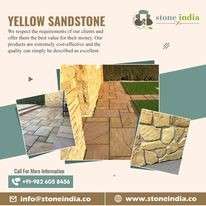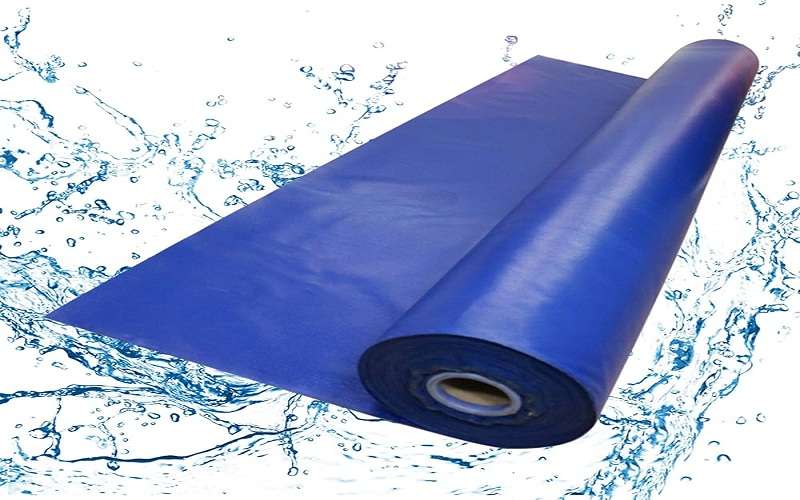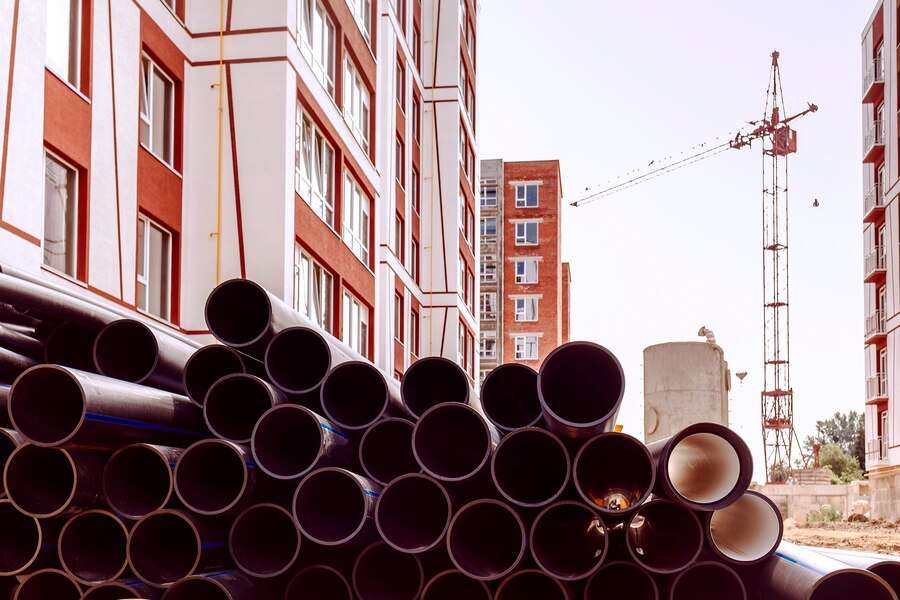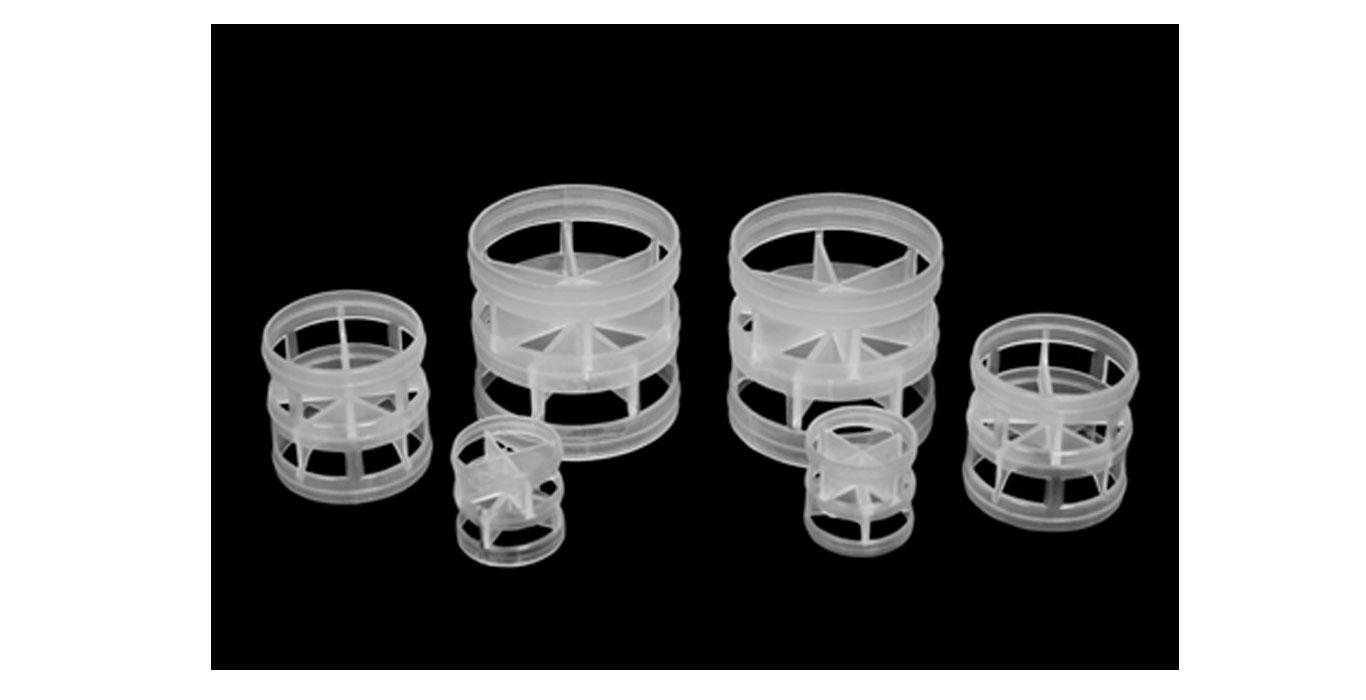Sandstone is a fascinating natural stone that has been used in construction for centuries. Among its many hues yellow sandstone stands out as a popular choice due to its warm, inviting color and excellent durability. In this blog, we’ll discuss the advantages of yellow natural sandstone and introduce you to its various types, showcasing the versatility and beauty it can bring to your projects.
Discover the Advantages of Using Yellow Sandstone
The Stone has an Aesthetic Appeal:
Yellow sandstone carries a warm and inviting hue that adds a natural, earthy charm to any space. Its distinctive yellow tones can complement various architectural styles, making it a versatile choice for both traditional and contemporary designs.
Offers Durability and Longevity:
Yellow sandstone is renowned for its robustness and ability to withstand harsh weather conditions, making it an excellent choice for outdoor applications like patios, walkways, and garden features. It has a high resistance to erosion and is less prone to wear and tear over time.
Easy to Clean and Maintain:
Compared to some other natural stones, yellow sandstone requires minimal upkeep. Regular cleaning with mild soap and water is usually sufficient to keep it looking fresh and well-maintained.
It Has a Non-Slip Surface:
The naturally rough texture of yellow sandstone provides a non-slip surface, making it an ideal choice for areas that may get wet, like poolside decks and bathroom floors.
Has a Variety of Finishes:
Yellow sandstone can be finished in various ways, including honed, polished, and natural cleft. This versatility allows for customization based on the specific aesthetic requirements of a project.
Availability and Accessibility:
Yellow-colored sandstone is widely available in various parts of the world, making it relatively easy to source for construction and design projects. This accessibility can help keep costs down.
Compatibility with Other Materials:
Yellow natural stone blends well with a wide range of materials like wood, metal, and glass. This allows for creative and visually appealing combinations in architectural and landscaping projects.
Popular Varieties of Yellow Sandstone
Yellow natural sandstone is a beloved choice among architects and builders, sought after for its warm, earthy hues and innate durability. Among the array of yellow-colored sandstone varieties, a few stand out prominently, each with its own distinct characteristics.
1. Dholpur Yellow Sandstone:
Dholpur yellow-colored sandstone hails from the quaint town of Dholpur in Rajasthan, India. Its signature buttery-yellow tones are tinged with subtle veining, giving it a distinct visual appeal. This variety is known for its fine grain and uniform texture, making it a popular choice for intricate carving and detailed architectural elements.
2. Jaisalmer Yellow Sandstone:
Originating from the mesmerizing city of Jaisalmer in Rajasthan, this sandstone boasts a rich, golden-yellow hue that seems to capture the very essence of the desert landscapes it calls home. Its unique shade and pronounced grains make it a standout choice for both interior and exterior applications. Jaisalmer yellow stone is prized for its resilience, and ability to weather the harshest of climates.
3. Katni Yellow Sandstone:
Named after the town of Katni in Madhya Pradesh, India, this sandstone variety features a softer, mellow yellow tone. What sets it apart is the subtle streaking and veining, which lend it an organic, almost marbled appearance. Katni yellow stone is favored for its versatility, making it an excellent choice for flooring, wall cladding, and even intricate carvings.
4. Lalitpur Yellow Sandstone:
Hailing from the city of Lalitpur in Uttar Pradesh, India, this sandstone variety exhibits a warm, honeyed hue. It is recognized for its fine to medium grain and uniform texture. Lalitpur yellow-colored sandstone often showcases a subtle play of lighter and darker veins, adding depth to its visual appeal. Its consistent coloration and workability make it a favored material for both traditional and contemporary architectural designs.
When selecting the right product for your project, considering the advice of top Yellow Sandstone Manufacturers in India can help bring your architectural vision to life.
Conclusion
Yellow natural stone is a versatile and visually appealing natural stone that offers a plethora of advantages for construction and landscaping projects. With various types to choose from, each with its unique characteristics, you can find the perfect yellow-colored sandstone to complement your design vision.
If you’re looking for some top Yellow Sandstone and Gwalior Stone Suppliers in India, look no further. Stone India is a leading brand that manufactures and supplies a variety of sandstone including Gwalior min sandstone, Lalitpur yellow sandstone, Katni sandstone, etc. Contact us to discuss your requirements or visit our website to explore our collection of sandstones now.
Frequently Asked Questions
What are the common applications of yellow sandstone?
Yellow natural stone finds various applications in both interior and exterior design at your home or workplace. Common uses include:
- Flooring: Yellow stone is a popular choice for flooring in homes, offices, and commercial spaces due to its durability and natural aesthetic.
- Cladding: It is often used to cover walls and facades, providing a warm and inviting look to buildings.
- Paving: Yellow-colored sandstone pavers are widely used for creating pathways, patios, and courtyards.
- Stairs and Steps: Its non-slip surface makes it a practical choice for outdoor staircases.
- Fireplaces: Its unique color and texture make it an attractive option for fireplace surrounds.
- Countertops and Tabletops: In interior design, it is utilized for countertops in kitchens and bathrooms and tabletops in dining areas.
- Garden Ornaments: Yellow natural sandstone is often carved into various decorative elements for gardens, such as fountains, statues, and planters.
Is yellow-colored sandstone suitable for both indoor and outdoor use?
Yes, yellow sandstone is highly versatile and can be used both indoors and outdoors. Its natural composition allows it to withstand various weather conditions, making it an excellent choice for exterior applications like paving, cladding, and landscaping. Additionally, it adds a touch of elegance to interior spaces, making it suitable for flooring, countertops, and other decorative elements.
How does yellow sandstone compare to other natural stones in terms of cost and durability?
In terms of cost, yellow stone is generally more affordable compared to some other natural stones like granite or marble. This makes it an attractive option for those looking for a budget-friendly yet visually appealing material for their projects.
In regards to durability, yellow-colored sandstone is moderately durable. This sandstone is wear and tear resistant which makes it suitable for high-traffic areas. However, it is softer and more porous compared to stones like granite, so it may require occasional sealing and maintenance to ensure longevity.
Can yellow natural stone be used in landscaping projects?
Yes, yellow sandstone is a popular choice for landscaping projects. Its warm, earthy tones complement outdoor environments beautifully. It is often used for creating pathways, patios, retaining walls, and various garden features like fountains and sculptures. Its natural texture also provides a non-slip surface, making it safe for outdoor use.
Additionally, this natural stone blends seamlessly with different landscaping styles, from traditional to contemporary which makes it a preferred choice for many landscape architects and designers.










